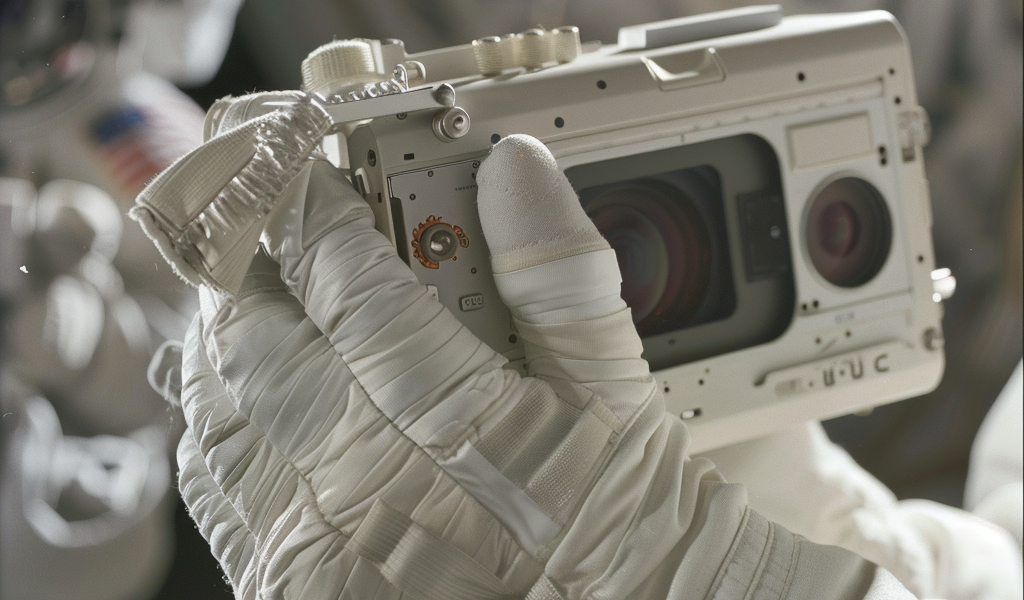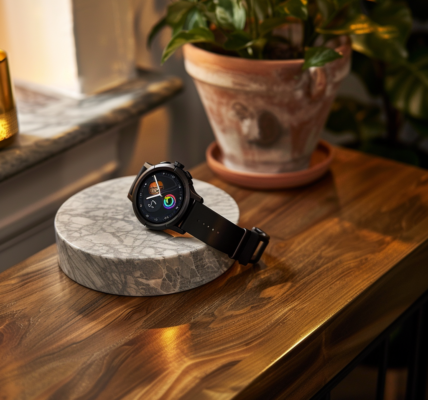NASA has recently signed a groundbreaking agreement with Nikon Inc. to develop a state-of-the-art handheld camera for the upcoming Artemis campaign. The camera will be utilized by astronauts during their mission to the South Pole region of the Moon, with the aim of advancing scientific research and discovery.
The collaboration between NASA and Nikon Inc. involves the development of a specialized handheld camera capable of operating in the harsh lunar environment. This camera will be utilized for the first time during Artemis III, marking a significant milestone in space exploration.
Photographing the lunar South Pole region presents unique challenges, including extreme lighting conditions and temperatures. Therefore, the new camera will be equipped with specialized capabilities to effectively manage these environmental factors.
Prior to the agreement, NASA conducted initial testing using a standard Nikon Z 9 camera to determine the necessary specifications for lunar surface operation. With the agreement now in place, teams at NASA’s Marshall Space Flight Center and Nikon have commenced work on implementing the required adjustments and developing the Handheld Universal Lunar Camera (HULC), which will be the agency’s next-generation camera for lunar missions.
The design of the HULC involves modifications to the Nikon Z 9 camera and Nikkor lenses, as well as the integration of NASA’s thermal blanket to protect the camera from dust and extreme temperatures. Additionally, a custom grip with modified buttons has been developed by NASA engineers to facilitate easier handling by suited crewmembers wearing thick gloves during moonwalks.
Furthermore, the camera will incorporate the latest imagery technology and feature modified electrical components to minimize radiation-related issues, ensuring optimal performance on the Moon. It is noteworthy that this camera will be the first mirrorless handheld camera used on the Moon, specifically designed for capturing imagery in low-light environments.
Prior to its deployment on Artemis missions, the camera will undergo testing at the International Space Station to demonstrate its capabilities. This marks a significant advancement in NASA’s space imaging technology, building on over 50 years of utilizing a variety of cameras in space missions.
Overall, the collaboration between NASA and Nikon Inc. represents a major step forward in space exploration, as the development of the HULC will significantly enhance the capabilities of astronauts during lunar missions, ultimately contributing to the advancement of scientific research and discovery.





